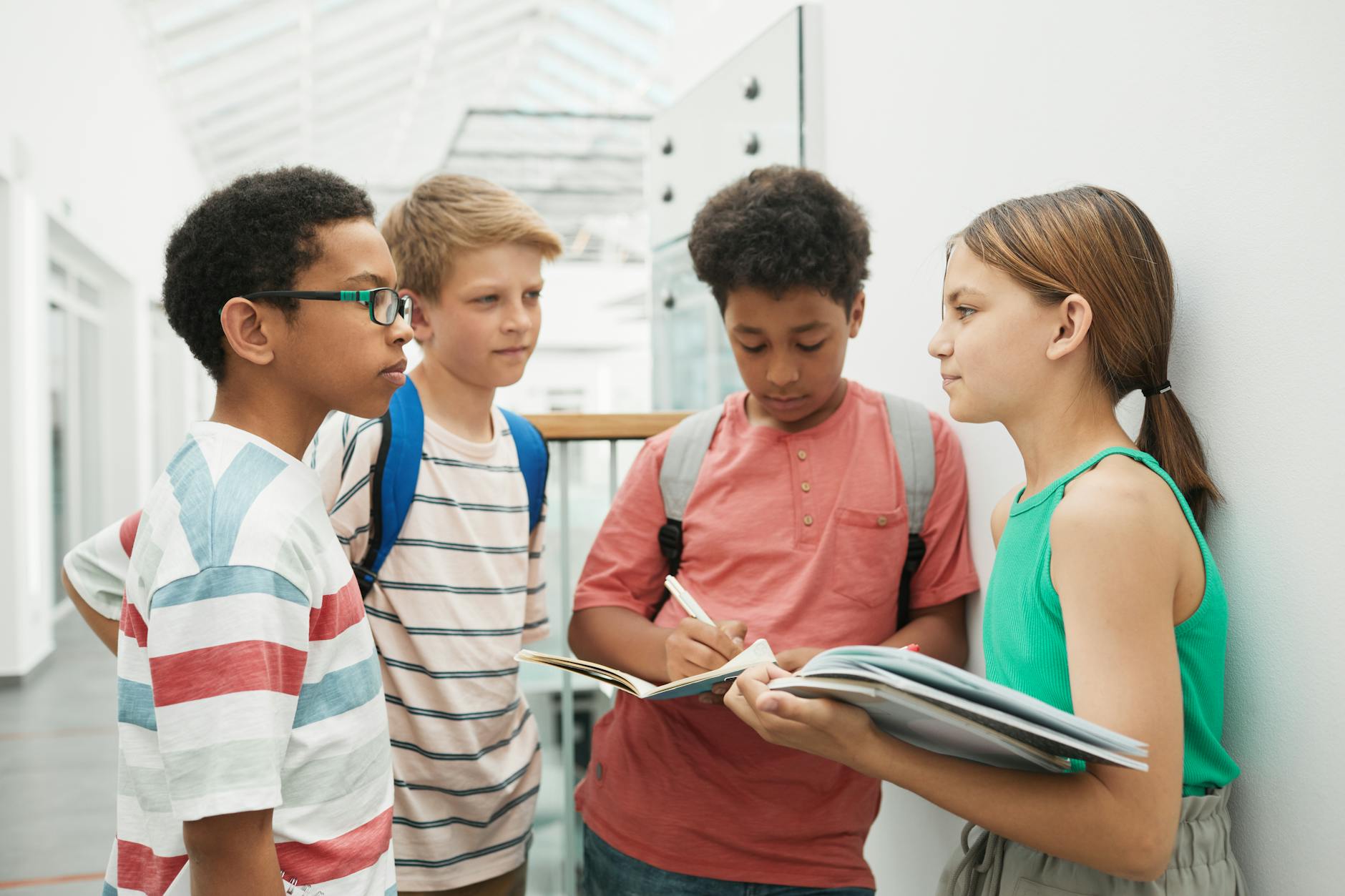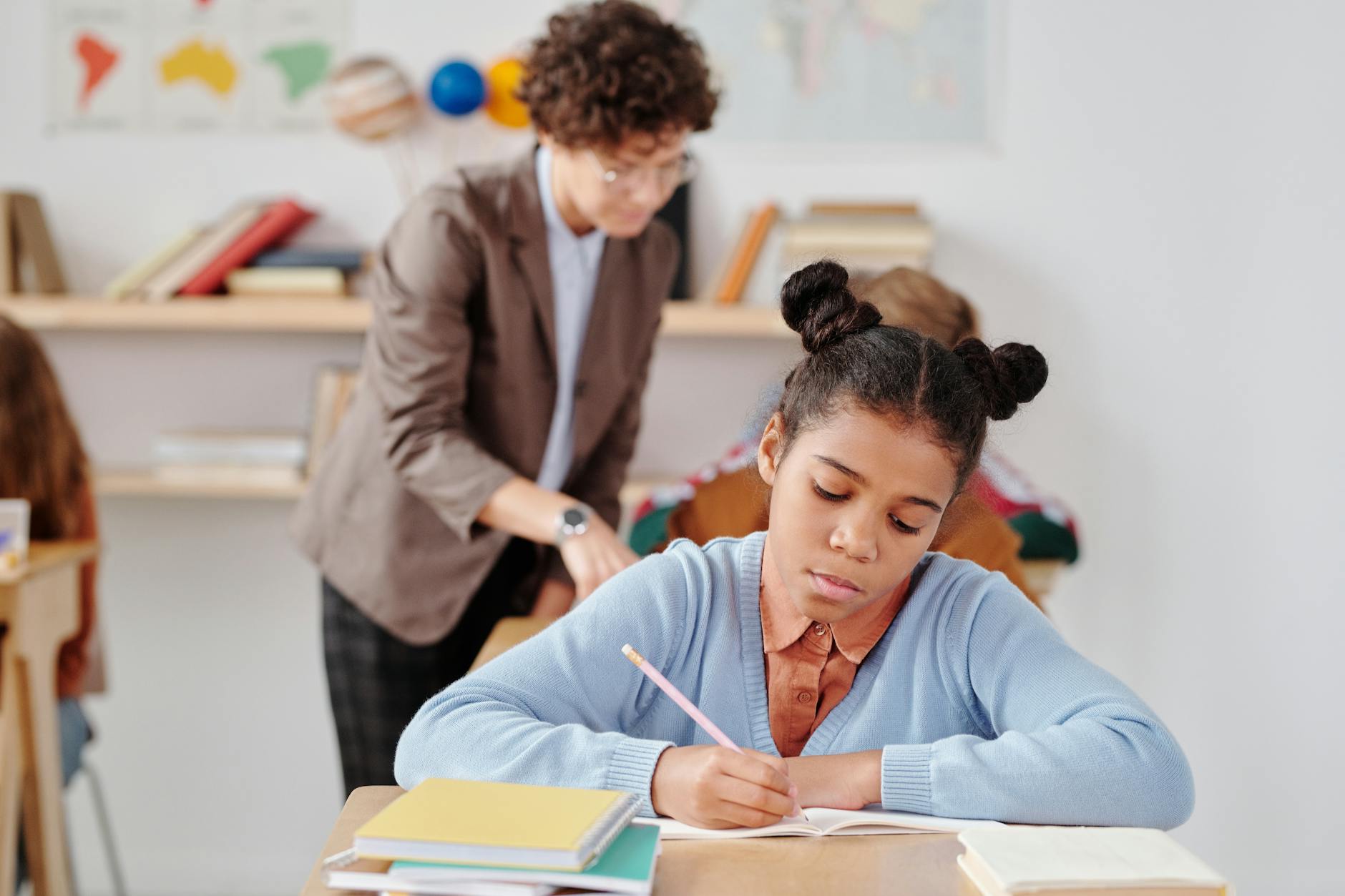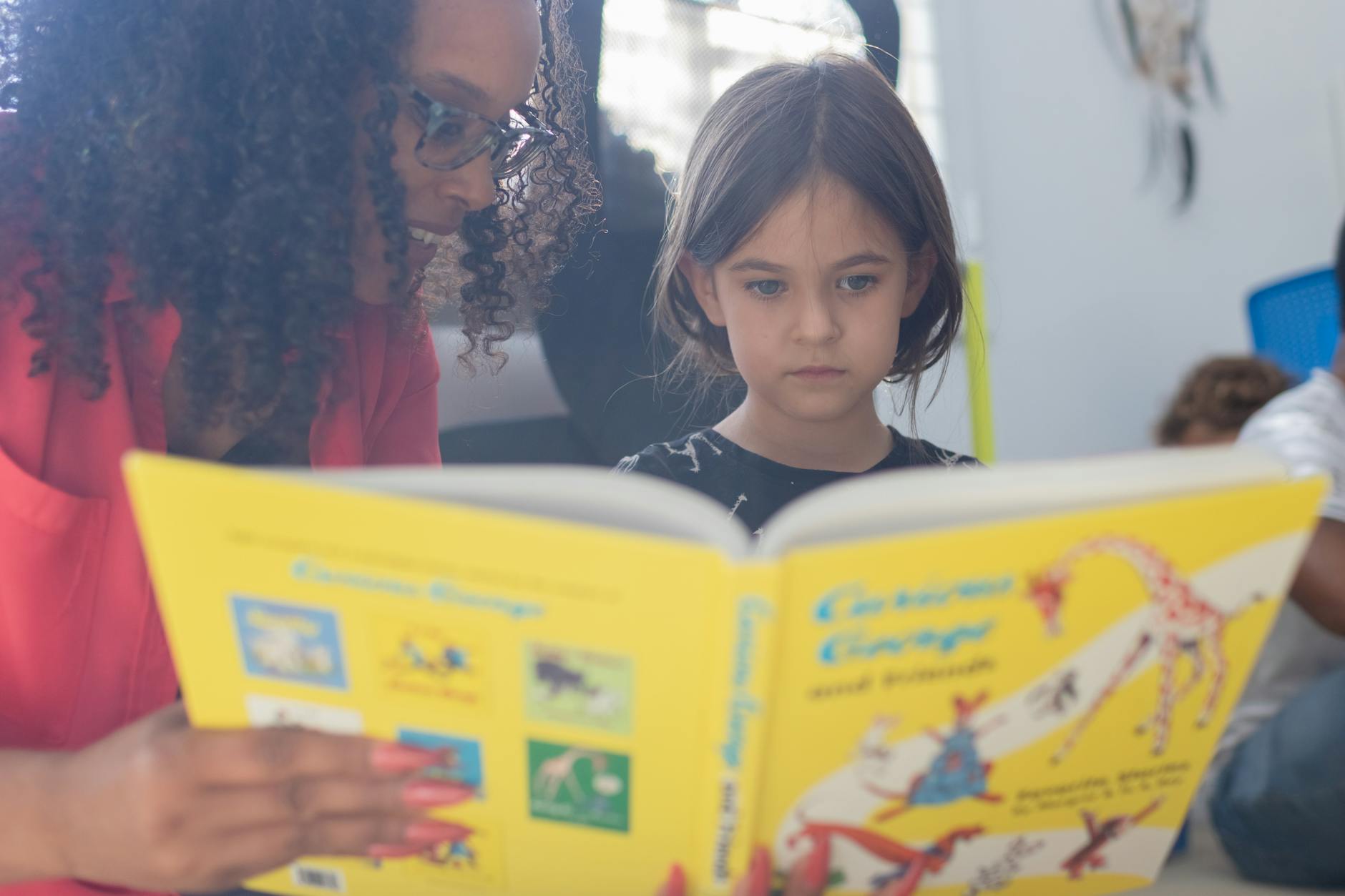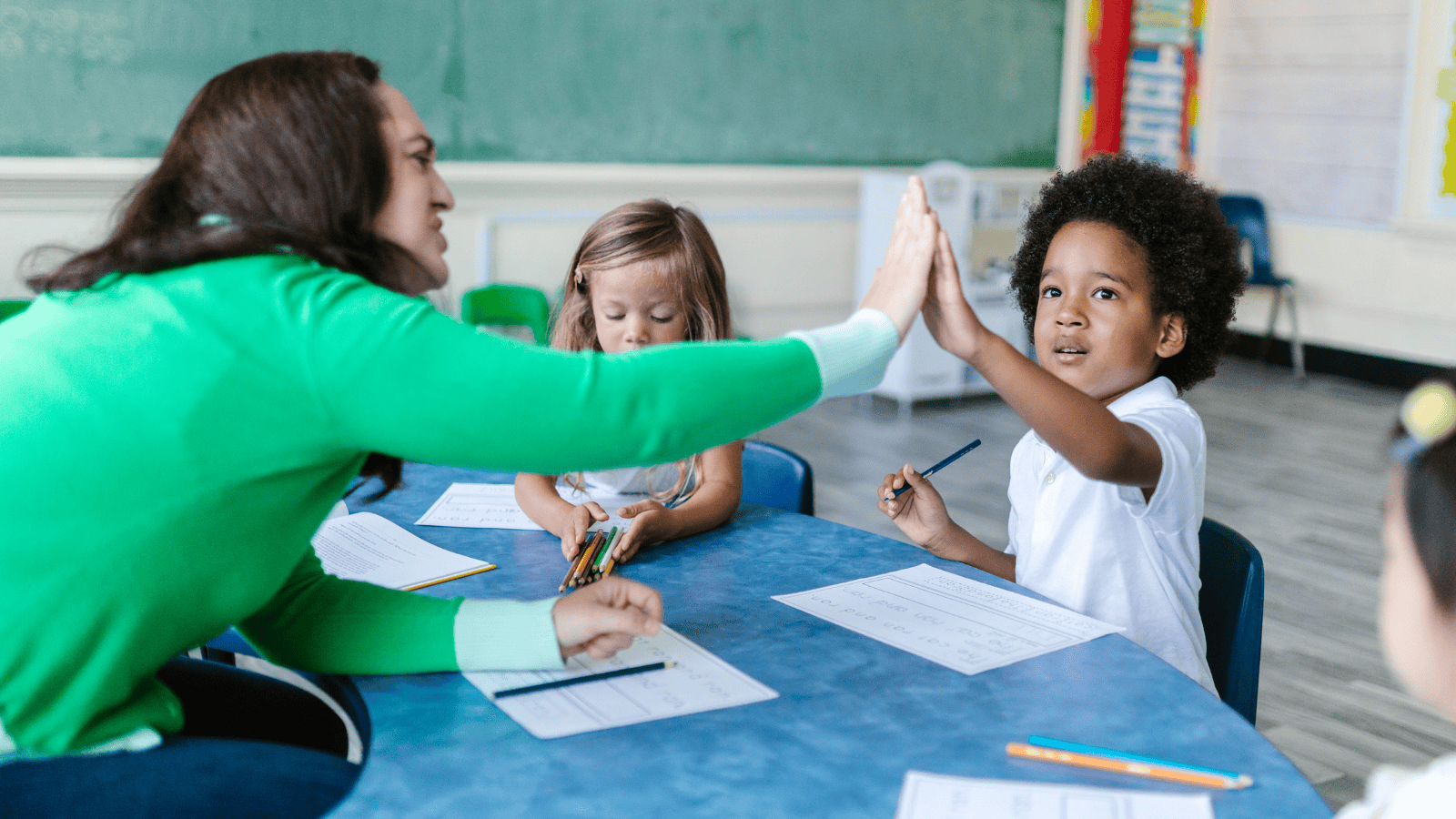The ultimate goal of speech therapy is not perfect articulation or grammar
It’s about improving the participation of people in daily situations that require communication. But what, exactly, do we mean by “communication participation”?
The big picture:
Communication participation:
- is taking part in life situations where knowledge, information, ideas or feelings are freely exchanged; and
- may take the form of speaking, listening, reading, writing, or nonverbal communication; and
- is not about a label or diagnosis: it’s relevant for people with all kinds of communication challenges or vulnerabilities (and in fact everyone).
Zoom in:
Communication participation includes communication for:
- interpersonal interactions and relationships, e.g., speaking with family and friends, and strangers;
- major life areas, e.g., asking questions at school, or contributing to team projects at work;
- community, social and civic life, e.g., talking at a party, reading at a religious service, or speaking up at a council meeting; and
- self-care, e.g. seeking help when you feel sick or self-advocating when something unfair happens.
Yes, but:
Communication participation is really hard to measure, especially for children and teenagers:
- A recent systematic review identified 29 instruments containing a total of 145 items measuring aspects of communication participation.
- The majority of instruments involved parent reports, and did not include the children or teenagers’ own perspectives.
- Some instruments were developed for children/teenagers with specific disorders or disabilities (e.g. speech, stuttering, hearing loss, language or voice disorders).
- Social contexts often rapidly change as they develop, making it harder to measure progress.
State of play:
Researchers are developing a diagnosis-neutral collection of questions to measure communication participation for children and adolescents (see below). This “item bank” will, ideally:
- include a wide variety of social situations, including all the different people a client communicates with (the ‘who’), as well as where, why, and how they are communicating;
- help speech pathologists work with clients and families to measure communication participation, identify specific goals to improve it, and to measure therapy outcomes; and
- enable children and adolescents to share their own perspectives on communication participation.
Go deeper:
Read more from us:
Parents of teenagers aged 13 – 15 years: 10 ideas to increase participation and communication skills
Parents of teenagers aged 16-18 years: 11 ideas to increase participation and communication skills
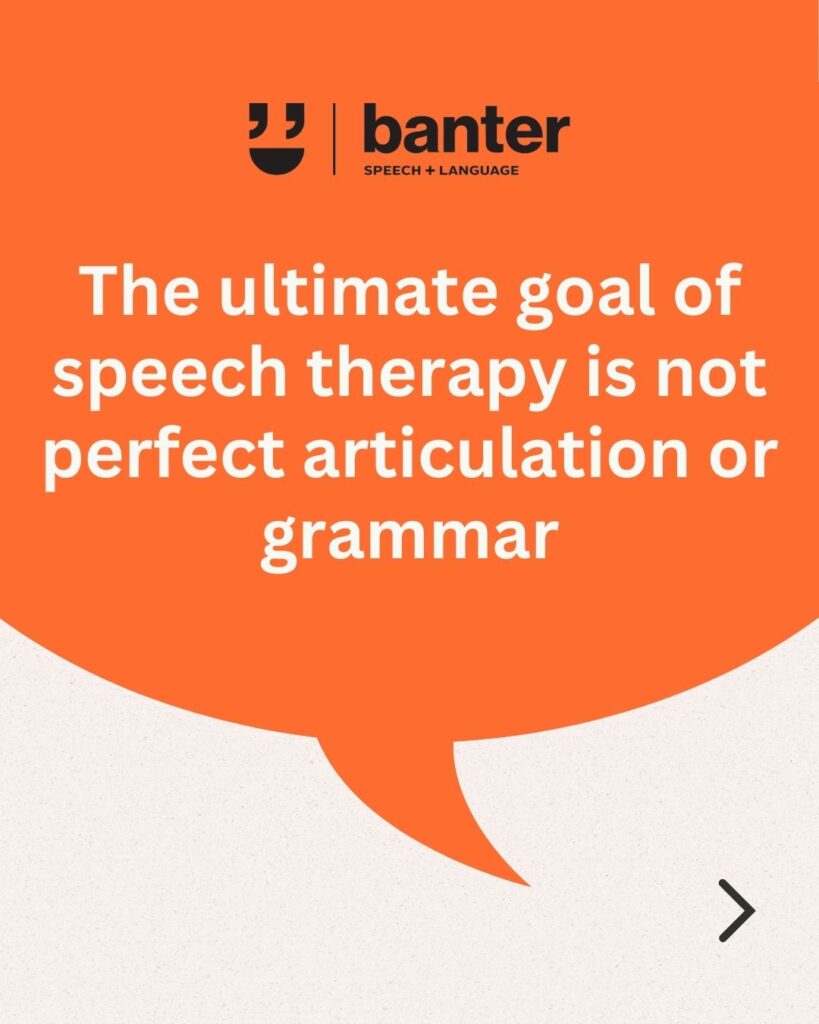
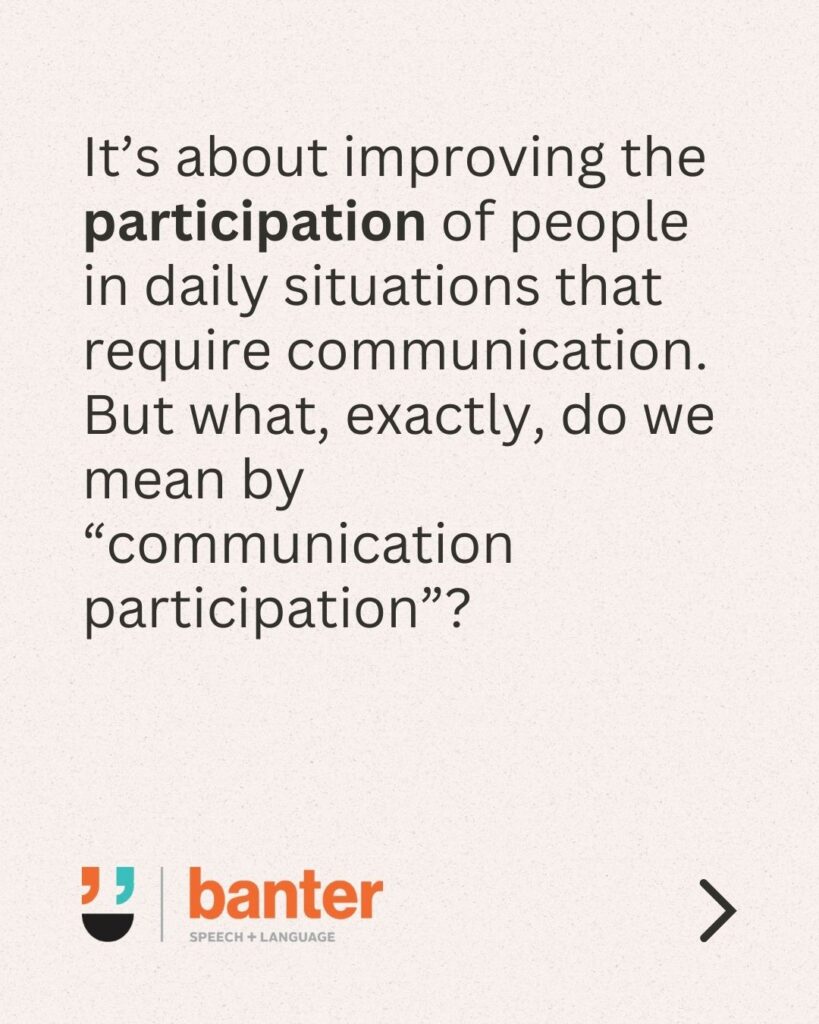
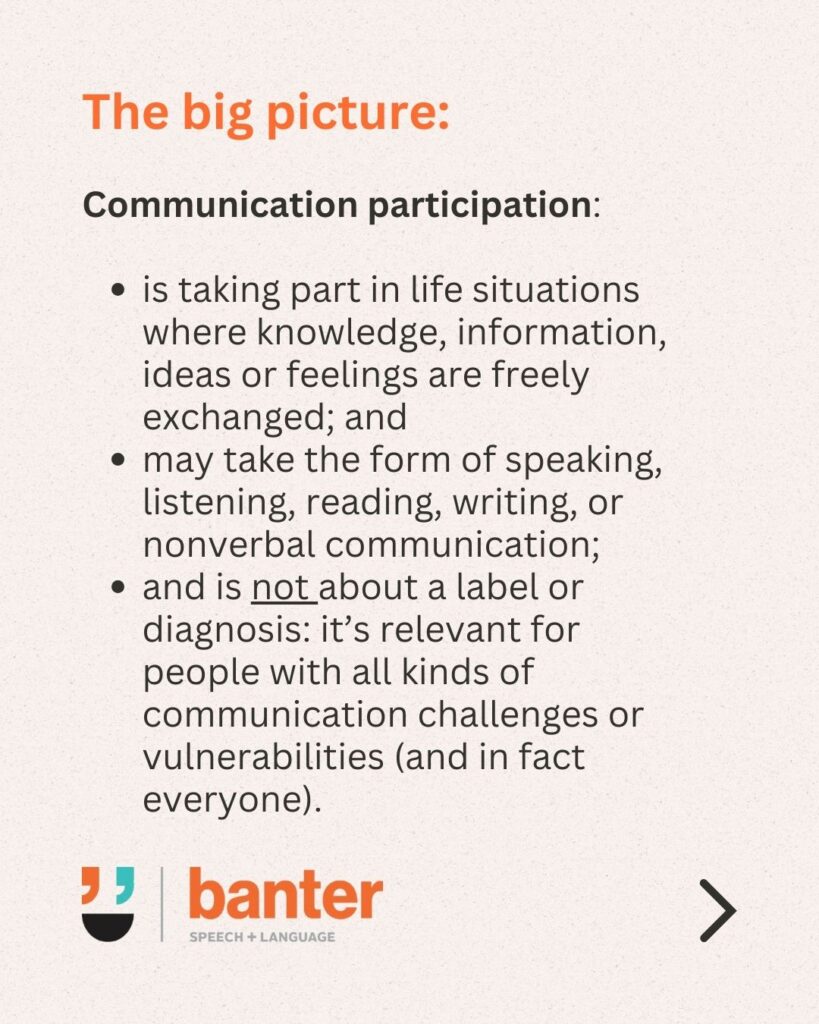
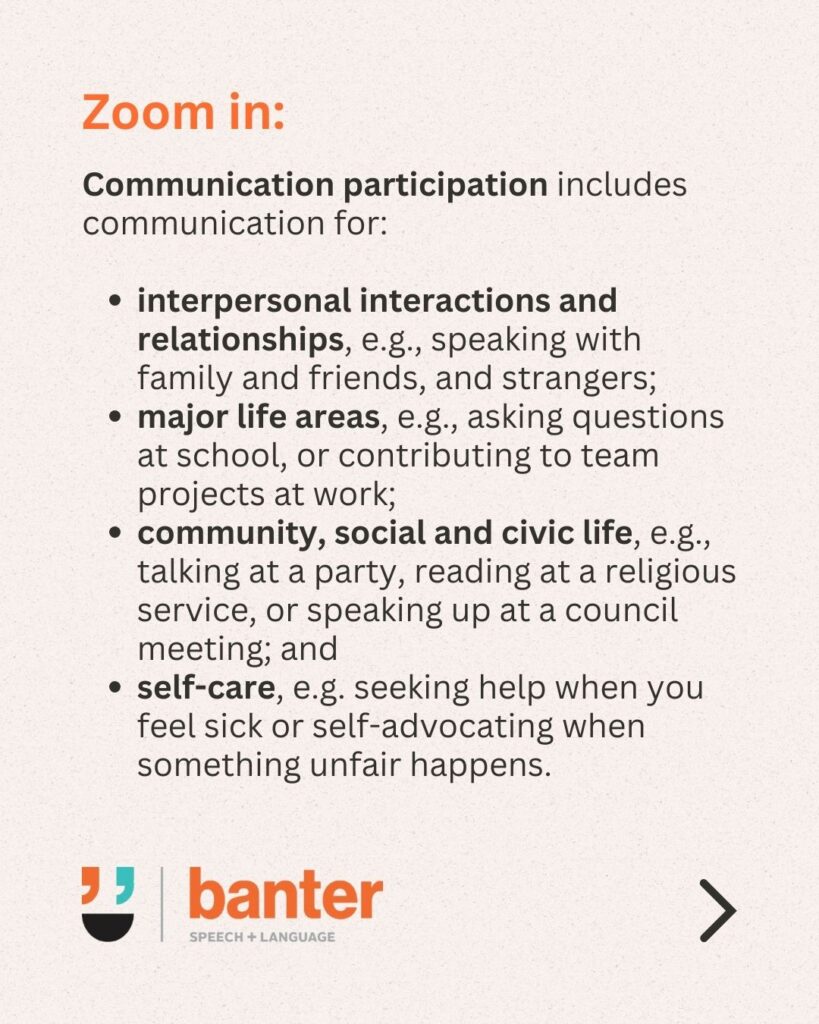
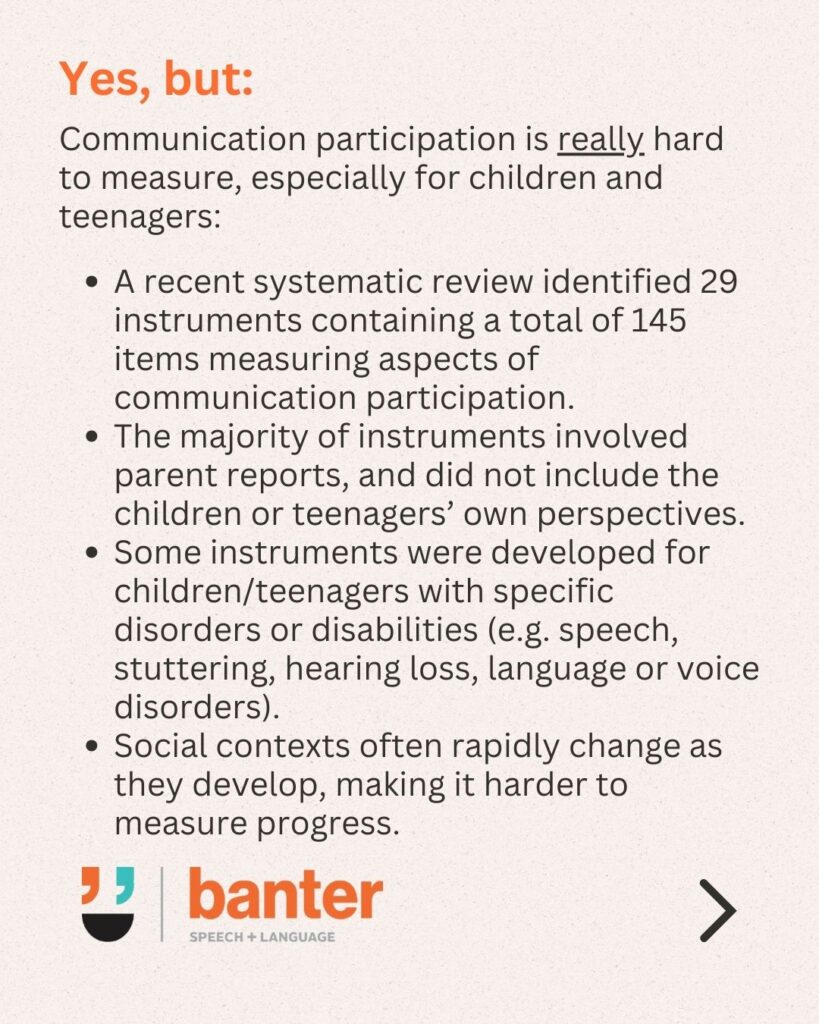
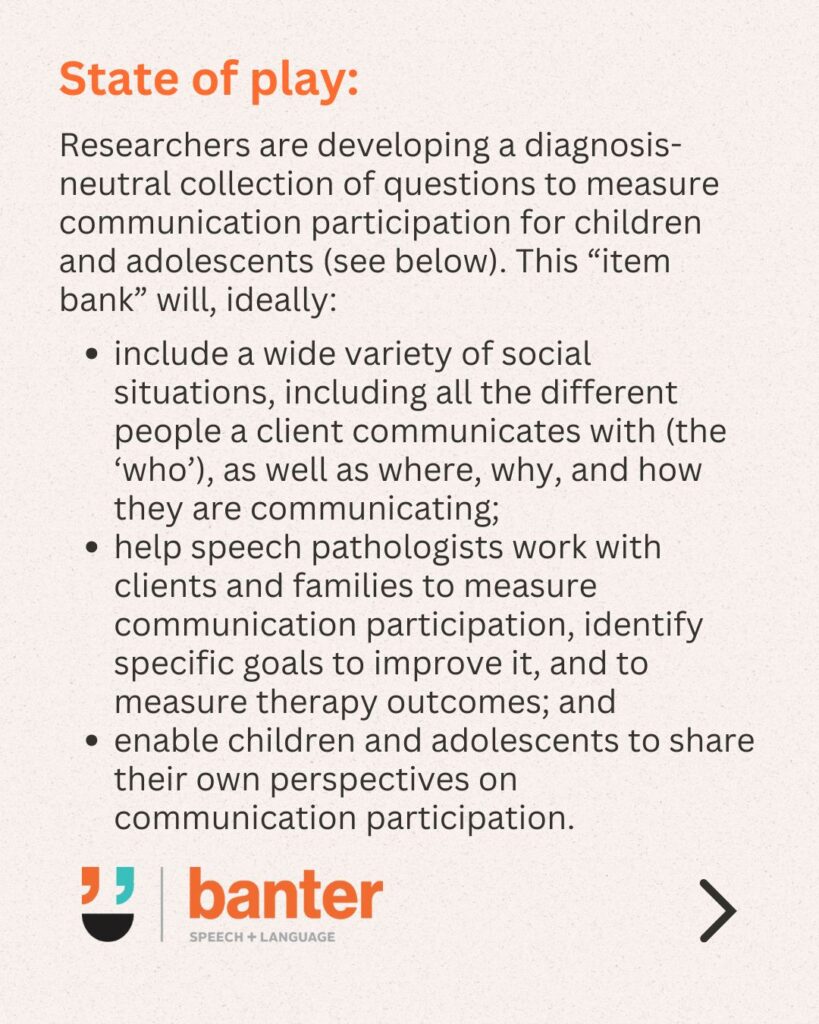
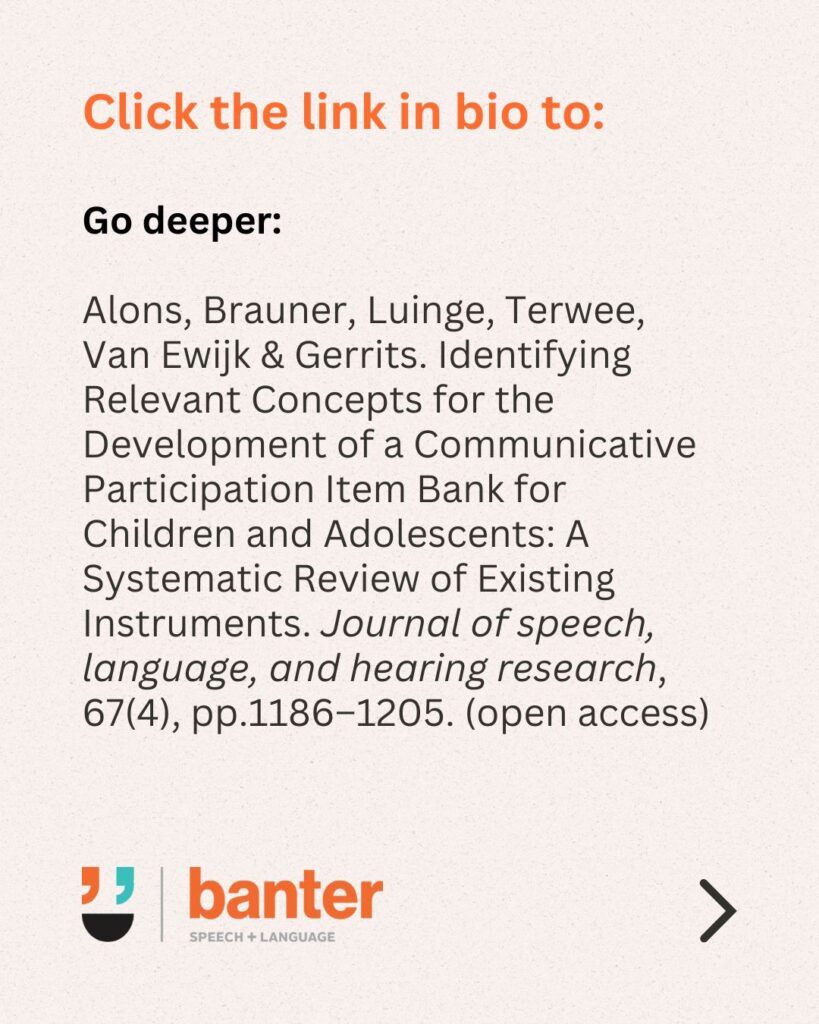
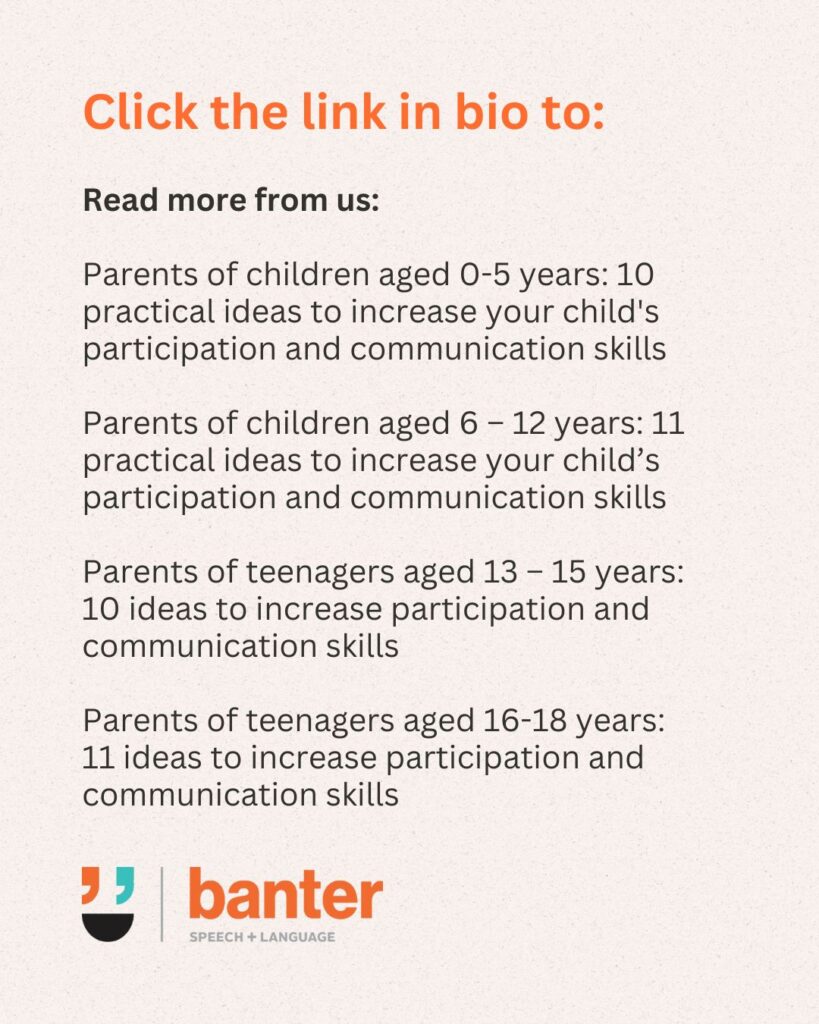
This article also appears in a recent issue of Banter Booster, our weekly round up of the best speech pathology ideas and practice tips for busy speech pathologists, speech pathology students and others.
Sign up to receive Banter Booster in your inbox each week:
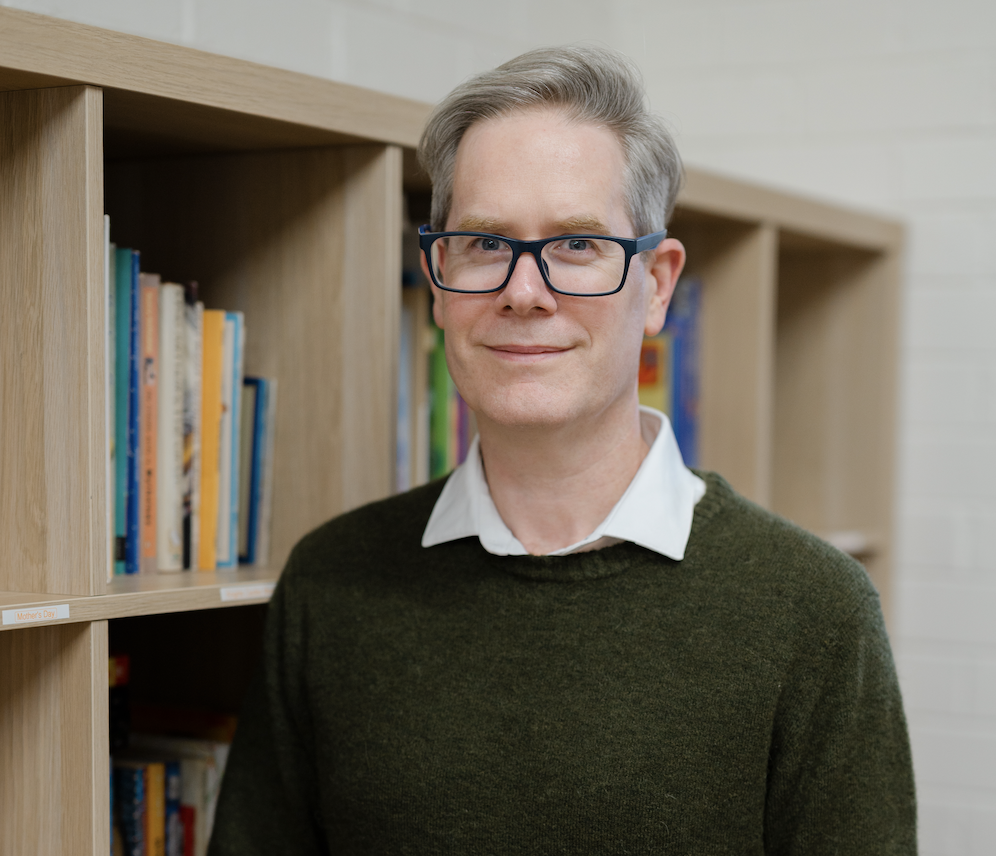
Hi there, I’m David Kinnane.
Principal Speech Pathologist, Banter Speech & Language
Our talented team of certified practising speech pathologists provide unhurried, personalised and evidence-based speech pathology care to children and adults in the Inner West of Sydney and beyond, both in our clinic and via telehealth.

